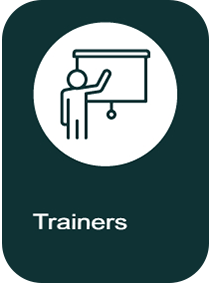To build a complete panorama of the health innovation ecosystem, it is necessary to consult various sources of information to understand the actors and innovative solutions in different regions of the country and determine their impact and maturity.
For this report, primary sources of information (databases) and secondary sources (PINNOS survey) must be consulted to gather as much information as possible on everything covered by the Innovation Ecosystem, specifically what is about innovative solutions and organizations. as such.
Primary sources
A database provided by Adaggio was used and a manual search was carried out in different sites (DNP, the Superintendence of Industry and Commerce, INNpulsa, MinCiencias, CyT, MinSalud, and MEN), to map the actors of the Health Innovation Ecosystem In colombia.
11,768 actors from different organizations were found, including the pharmaceutical industry, the government, universities, insurance companies, patient associations, among others. The data collected made it possible to make visible the different organizations and innovation results generated by the actors.
Secondary sources
When talking about secondary sources, it is essential to mention the PINNOS report for the year 2022 as a data source for the construction of the current report, this being a fundamental part to begin to know the state of the Health Innovation Ecosystem in Colombia, exploring its actors , its purposes, its innovative solutions and everything that contributes to the level of maturity of the Ecosystem.
For the Health Innovation Panorama (PINNOS) 2023 in Colombia, a survey was used to characterize the participants and innovations in the Health Innovation Ecosystem. The questions focused on the organization’s profile and own interests.
Regarding the structure of the survey, two general sections are contemplated, which are:

According to the role or roles that your organization has in the Health Innovation Ecosystem of our country, the following sections are automatically enabled:
Roles
PINNOS 2023 is a survey that uses open-ended and multiple-choice questions to classify information provided by organizations in the country’s health innovation ecosystem.
The instrument will be permanently available at www.encuestapinnos2023.com and the registered information will be the point starting point to issue the conclusions of the report. In addition, the portal displays information related to the maturity of the ecosystem and the initiatives proposed by each registered institution.
Maturity models
CRL (Customer Readiness Level) maturity model
It focuses on thoroughly understanding customer demands and desires, as well as assessing market readiness for the adoption of innovative solutions.
BRL (Business Readiness Level) maturity model
It evaluates the degree of preparation of an organization to implement a new initiative or technology in its operation, and is divided into levels from 1 to 9. This model is useful in making strategic decisions, since it allows different projects to be evaluated and compared based on of your level of preparedness, which can increase the chances of success and reduce the costs and risks associated with implementation.
Maturity model for FRL (Funding Readiness Level) financing
It is an essential tool for companies and entrepreneurs seeking capital for their projects and innovations.
IPRL (Intellectual Property Readiness Level) Intellectual Property Maturity Model
It is an innovative tool that allows organizations and entrepreneurs to evaluate the maturity and potential of their intellectual property assets.
TRL (Technology Readiness Level) maturity model
It is a tool used to evaluate the state of technological maturity of a product or service based on its level of development and performance.
Digital Health Innovation Maturity Model DHI-MM (Digital Health Innovation Maturity Model)
This model can help identify the strengths and weaknesses of a digital innovation and provide a clear roadmap for its maturation and application in the market.
Maturity Model for Social Innovation MIS-SM (Social Innovation Maturity Model in Health)
It is a useful tool to evaluate the maturity of social innovation in health and to guide its development and adoption in the health system. This model can help identify the strengths and weaknesses of a social innovation and provide a clear roadmap for its maturation and application in the market (Pacheco, et al., 2021).
An initiative of:

Sponsor:

With support from:






